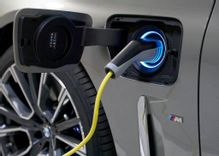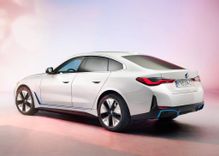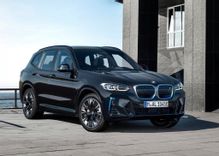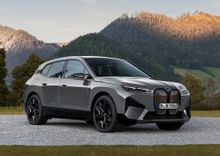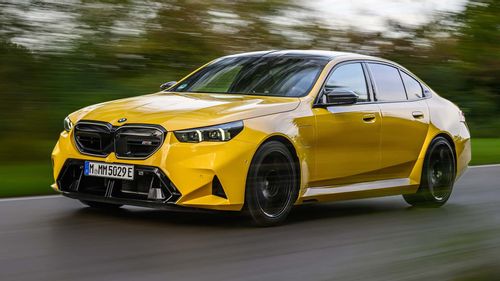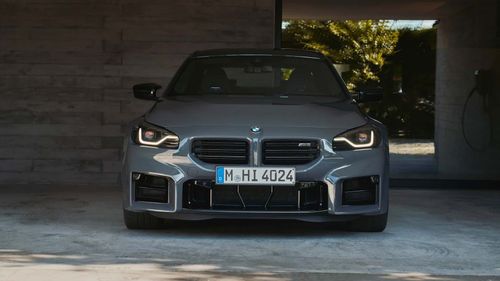By now, we all know what electric cars are. We’re also aware of their benefits, not only in terms of performance and refinement, but for the environment too. But how do they work? What technology allows for these pioneering automobiles to silently waft on our roads?
Well, to answer that question, we need to look at the various types of electric and battery-assisted vehicles on sale today.
Mild-hybrid vehicles (MHEV)
A recent addition to the electric vehicle world is the MHEV. Also referred to as 48v hybrids, these cars feature an electric drive unit that supports the conventional combustion (ICE) powertrain. In situations where a lot of fuel is burned (such as firing up the engine) the electric motor will switch on. It’s also used, in certain instances, to boost acceleration.
There are a number of benefits to this system. An MHEV can reduce fuel consumption by about 0.3 litres/100 km, according to BMW. When coasting and braking, energy recovered can be fed into the electric vehicle functions and also generate extra drive power. Aside from the economical benefits, you receive increased performance.
The aforementioned coasting technology allows the vehicle, at speeds of up to 160 km/h, to deactivate the engine and therefore, save fuel and emit fewer emissions. A number of BMWs already feature this technology, such as the updated 5 Series luxury sedan range.
Plug-in hybrid vehicles (PHEV)
Often seen as a combination of electric and ICE-powered vehicles, the PHEV - like a pure electric car - can be charged through a charging cable. The energy is stored in the battery which allows fully electric, emission-free commuting. Like an electric car, the battery is able to recoup energy through braking or by the driver taking their foot off the accelerator.
The benefits of a PHEV are clear to see. If, for example, you live within 30 km from your office, you can drive to work on pure electric power. This comes with immense fuel savings and offers consumers a fine balance between eco-conscious driving and convenience.
A conventional ICE engine allows you to travel long distances while giving you the option of driving in pure electric mode for shorter distances. In Europe, the PHEV is popular, as it comes with all the tax benefits associated with driving an eco-friendly electric car. Examples within the BMW range include the 7 Series, specifically the 745Le xDrive.
Pure electric vehicles
A fully electric vehicle (also known as a battery-electric vehicle, or BEV) is powered by electricity, with no combustion engine sending power to the drive wheels. BMW notes that during actual driving, a BEV is said to be “locally” emission-free.
A concern with early electric vehicles was travel range. The latest generation of BMW electric vehicles are able to provide a range of 600 km, as measured by the WLTP test cycle.
As with a PHEV, battery-electric vehicles can be plugged into a socket in order to charge the batteries. This provides, depending on the climate and driving style, a decent range to commute in absolute silence and refinement. As mentioned earlier, electric vehicles also emit no emissions, as there’s no ICE powertrain. BMW currently produces a number of electric vehicles, including the i3, i4, iX3 and iX.

